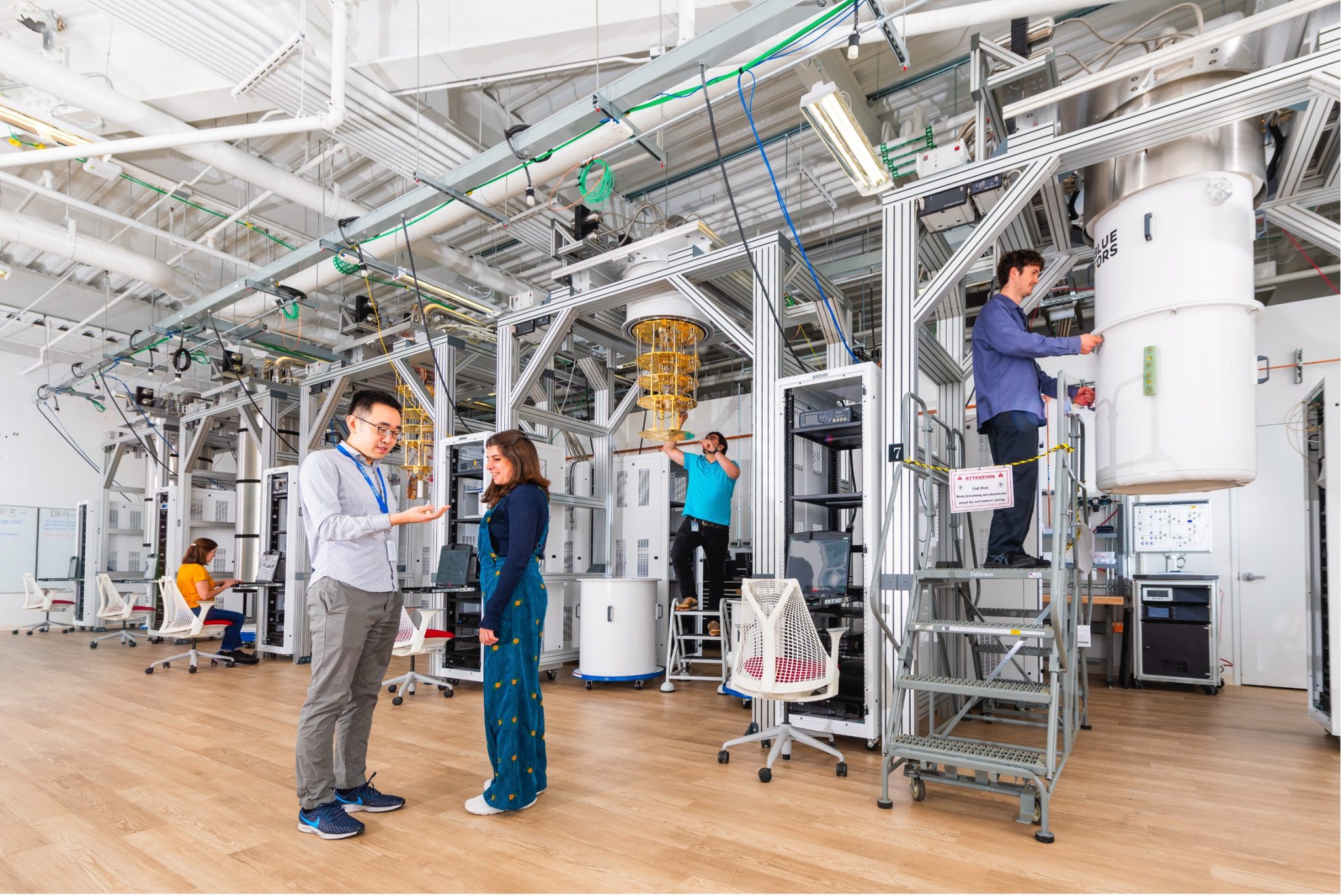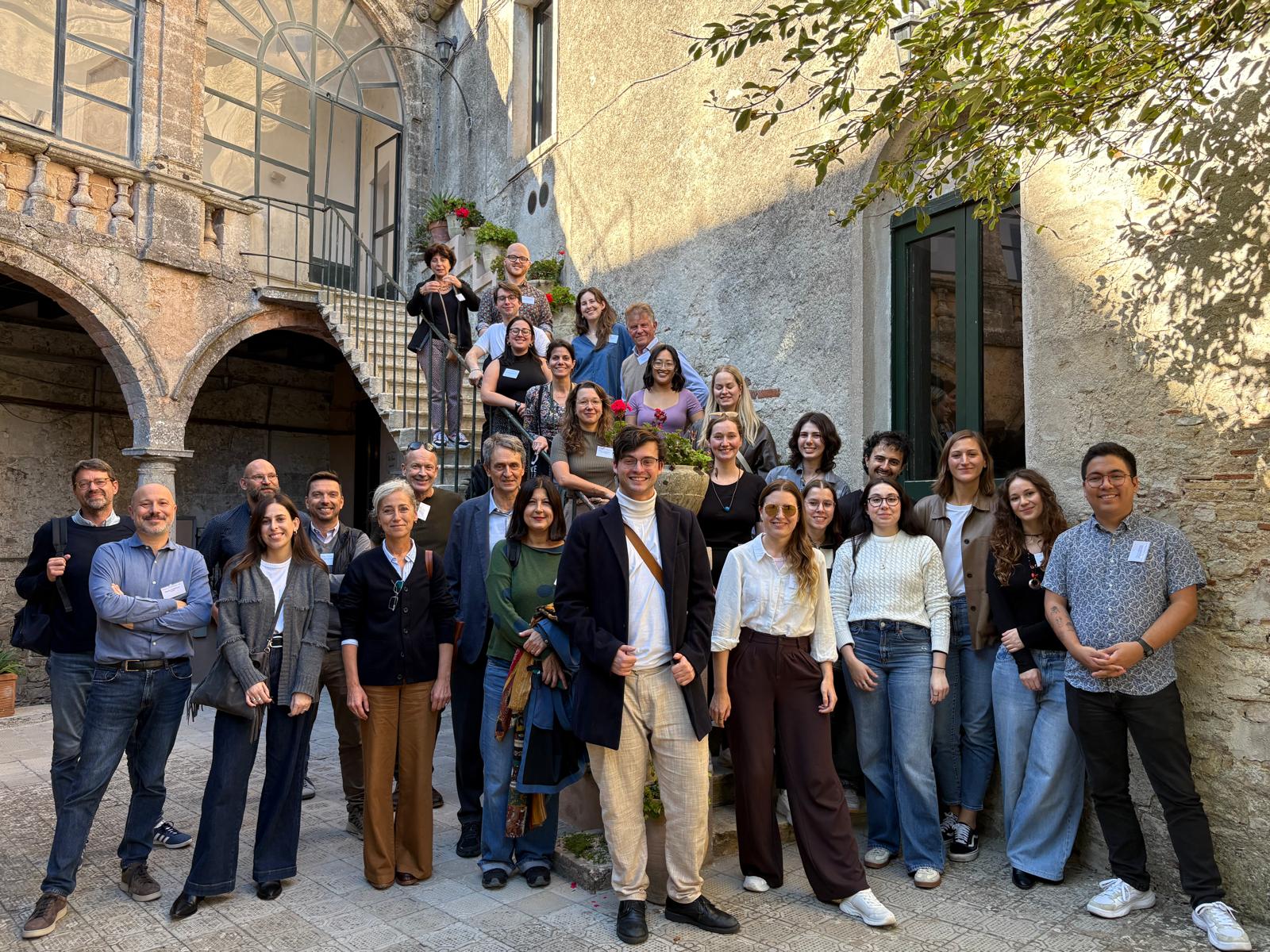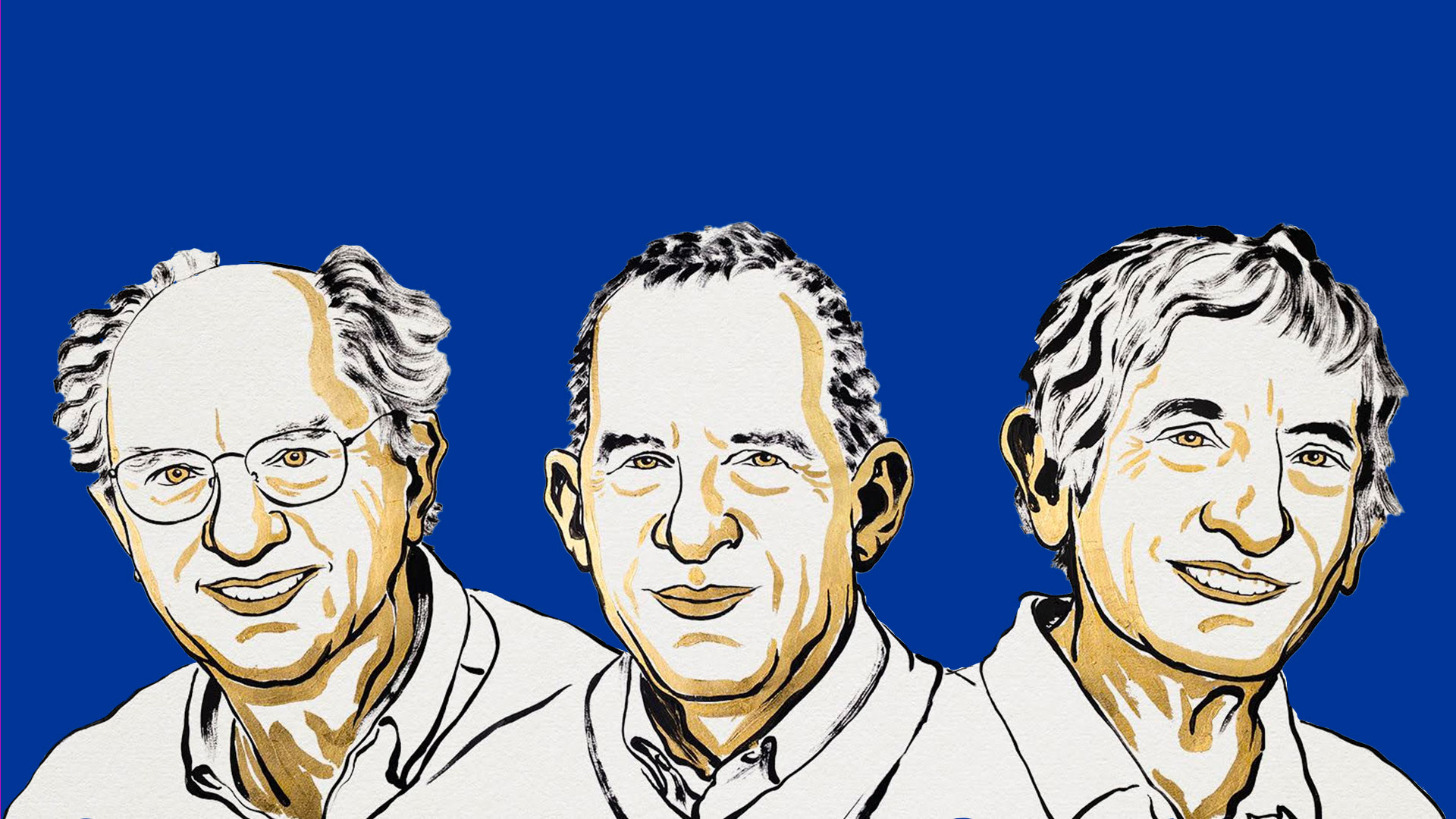 The first plasma in the proton source for the European Spallation Source (ESS), which is under construction in Lund, Sweden, has been produced. The result was achieved at the INFN LNS Southern National Laboratories, which from the outset have occupied an important role in the European partnership engaged in the project and have become the leader in the implementation of the Warm Linac, the first component of the heart of the ESS particle accelerator. The European Spallation Source will be a multidisciplinary research centre (from life sciences to energy, from environmental technologies to cultural heritage and fundamental physics) based on the most powerful neutron source in the world. It represents one of the largest research projects at the international level, both in terms of financial investment (over 1.8 billion euros), as well as number of scientists and engineers involved. ESS involves 17 European countries, including Italy. INFN is participating, as well as with LNS, also with LNL Legnaro National Laboratories, the Turin section and the LASA (Accelerator and Applied Superconductivity Laboratory) in Milan.
The first plasma in the proton source for the European Spallation Source (ESS), which is under construction in Lund, Sweden, has been produced. The result was achieved at the INFN LNS Southern National Laboratories, which from the outset have occupied an important role in the European partnership engaged in the project and have become the leader in the implementation of the Warm Linac, the first component of the heart of the ESS particle accelerator. The European Spallation Source will be a multidisciplinary research centre (from life sciences to energy, from environmental technologies to cultural heritage and fundamental physics) based on the most powerful neutron source in the world. It represents one of the largest research projects at the international level, both in terms of financial investment (over 1.8 billion euros), as well as number of scientists and engineers involved. ESS involves 17 European countries, including Italy. INFN is participating, as well as with LNS, also with LNL Legnaro National Laboratories, the Turin section and the LASA (Accelerator and Applied Superconductivity Laboratory) in Milan.
You might also be interested in

Quantum computing: INFN and the US SQMS laboratory renew their collaboration

Search for new physics: a possible new approach from bent crystals

Einstein Telescope: Lusatia officially enters the competition

Detecting gravitational waves from space: first steps for the LISA mission

ORIGINS. Exploring Science Communication and Journalism
